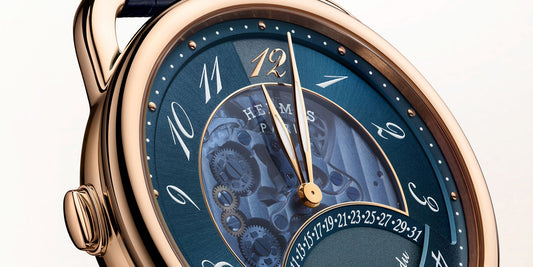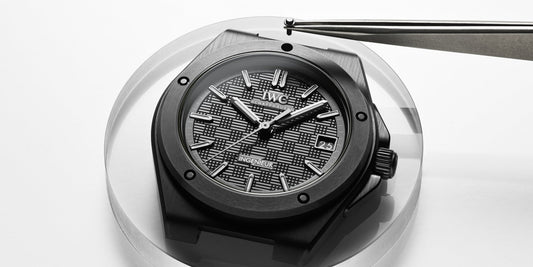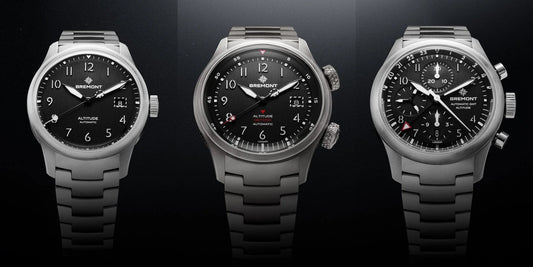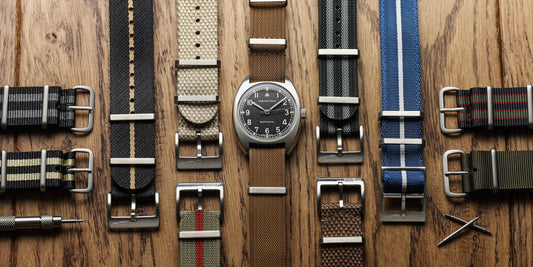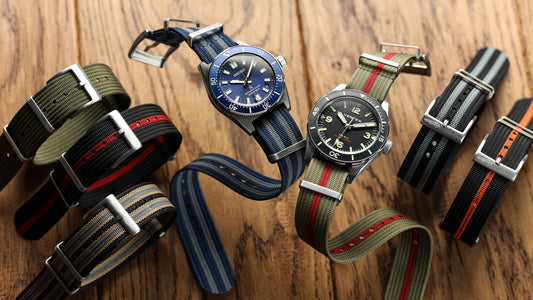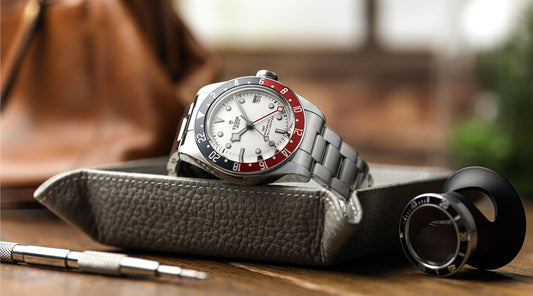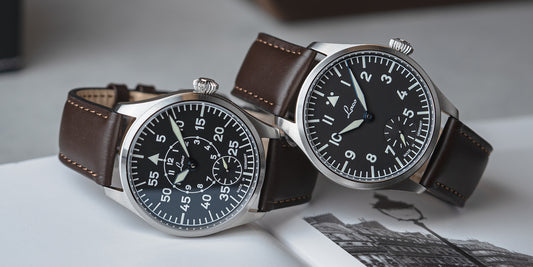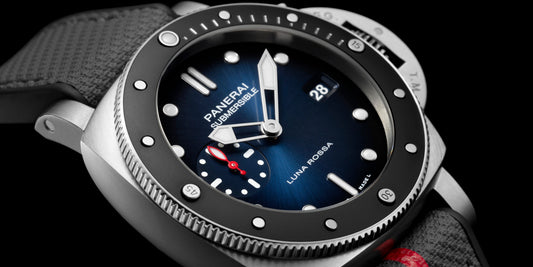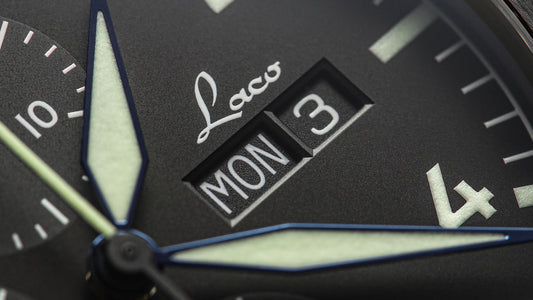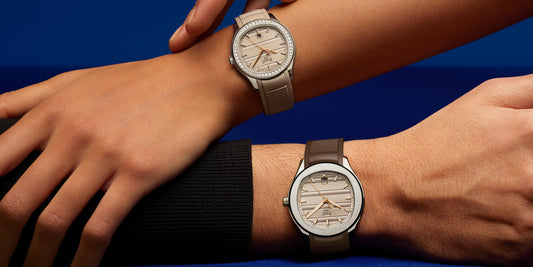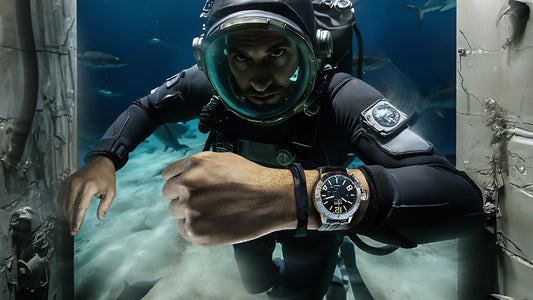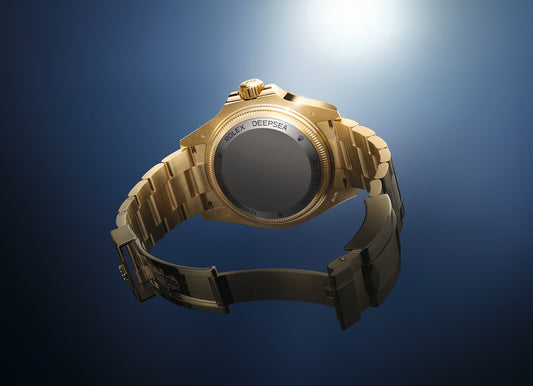During 2023, the staff of the WatchGecko writers will be undertaking a series of watch related quests. The first offering is my journey to find the ultimate Field Watch.
So why Field Watches?
First and foremost, they are my favourite genre of watch. Field Watches are so often the unsung heroes of the watch world and even today, after travelling with their owners to the ends of the Earth, they often play second fiddle to more popular and dynamic styles. Which is odd when you consider that the original wartime Field Watches are directly responsible for the evolution of some of the finest tool watches we still wear today.

A modern interpretation of the Field Watch - The Marloe Haskell Field Standard - Credit WatchGecko
Field Watches deserve to be elevated in popularity and my quest will not just be to find a great one for myself, but to encourage you to add as serious model to your collection.
A bit of Field Watch History
To all intents and purposes the modern Field Watch is still based of bygone military watches. No matter how much it is reimagined by brands such as Formex, the DNA of what makes a Field Watch is fundamentally unchanged. That’s part of the enduring appeal as Field Watches are one of the genres where design has altered very little over the last 80 years. Incredible really when you think about it; you certainly can’t say that about Dive watches.
Military watches as we know them began service in the guise of privately owned pocket watches. These were neither robust nor military designed and the big drawback was you needed a free hand to look at them. Take a moment to think about operating a Lee Enfield bolt action rifle or driving a WW1 vintage vehicle with one hand, while trying to look at the time, and the problems become obvious. Despite the issues with pocket watches it would take the world descending into conflict again over twenty years later for military chronological evolution to give us something that was recognisable as a Field Watch.

Praesidus A-11 Lost Watch of D-Day - Credit WatchGecko
One of the few things all parties in WW2 we agreed on was the need for troops to have a reliable, standard issue, wristwatch which must be relatively cost effective, highly legible, and resistant to the elements.
The American military came up with a series of technical specifications around 1942 which would ultimately spawn some of the best Field Watches of all time. Watches which would be designated the A-11, had to be equipped with a hand wound 15-jewel hacking movement. The dial was required to have a track divided into 10-minute segments, there had to be bold numerals and a clear seconds hand. Elgin, Bulova, and Waltham produced near identical models which went into military service by the thousand. Hamilton also built a watch but strayed from the spec giving their model superior luminescence and an 18-jewel movement. As it was the best of the “A-11s” it was initially only issued to US Naval Aviators who needed a lume dial for night operations although several models did eventually find their way to the Army and advance units such as paratroopers.
The British military worked in parallel with high end manufacturers such as Omega and IWC to make simple, highly legible, black dial military watches with luminous hands and indices. The principal superficial difference between the US and UK watches was the British decision to go for a small second sub dial at the 6 mark rather than a full length seconds hand like the A-11. These watches now are extremely famous, highly collectable, and colloquially known as the Dirty Dozen (we will be running a historical series about them later this year).

Dial of the Omega Dirty Dozen showing UK MOD "approved equipment" Broad Arrow - Credit WatchGecko
German forces went through a similar process although no single design typified the watches worn by the Army. What is synonymous with German WW2 issue equipment, specifically the Luftwaffe, was a series of aviation navigator watches designed by Laco. Although the original war vintage watches had huge 55mm dials, smaller 39-42mm modern recreations make excellent Field Watches. As we will find out later…
Post WW2 Hamilton produced an enhanced standard issue watch which was widely issued during Vietnam and this ultimately became their modern Khaki, still available today under reference H69529933.

Hamilton Khaki Field Mechanical - unchanged since Vietnam - Credit WatchGecko
And with this watch, the Hamilton Khaki Field Mechanical, we find ourselves looking at what most customers think of as the archetypal modern Field Watch. It demonstrates all the expected design parameters; a slim sub-40mm round case, fixed bezel, a clear uncomplicated dial with bold numerals and good lume. Additionally, we find a clear hacking seconds hand and an outer minute track sub-divided into 60 units. Although different power supply methods are widely accepted on Field Watches purists prefer hand wound. And this whole package, whatever the brand, is best supported by a military fabric or weathered leather strap. Sounds perfect, or is it?
Arguably the Achilles Heel with Field Watches is that they all look a bit similar. That’s simply because most manufacturers feel a need to stay within the afore mentioned design specs. They are under the belief, possibly misconception, that any deviation from those specs will render their new watch unrecognisable to the genre. And to a point those fears are well realised as the more Avant Guard a design the less likely it is to sell as a classic Field Watch. But equally you want your product to stand out from the masses. Not an easy job.

New Boldr Venture Green Dusk Field Watch - Credit WatchGecko
In this search I will be looking at the good the bad and the downright odd within the realm of Field Watches. I have a superb selection of around ten models in mind to test, ranging from a few hundred to several thousand pounds, and I give a solemn promise to buy the very best that I find, unless its one I already own, which I am realistic could be an outcome. So where to start?
It makes sense to begin with the most obvious watch which is on my wrist now. A white dial Hamilton Khaki Field Mechanical. I aim to publish my thoughts on this classic within a week and we will try to make some accompanying videos for the WatchGecko YouTube channel.

Two Citizen "Ray Mears" ProMaster Toughs - Credit WatchGecko
“To begin is the most important part of any quest and by far the most courageous.” - Plato


